Buy the photo Slave houses on Bonaire by Brenda Verboekend on canvas, ArtFrame, poster and wallpaper, printed on demand in high quality.
About "Slave houses on Bonaire"
by Brenda Verboekend
About the artwork
The slave houses on the dike separating Lake Pekel from the Caribbean Sea, in the south of Bonaire, are world-famous and unique. Indeed, in most places in the world, all memories of the slave era have been carefully erased.
On Bonaire, many black slaves from Africa were employed in the salt pans (there are 18 salt pans on the coral island) and on the plantations. This came to an end in 1863, as slavery was abolished in the Antilles in that year.
Rincon and Tera Cora
The slave labourers had to work in the salt pans of southern Bonaire but lived in the middle of Bonaire in the town of Rincon. It was a 7-hour walk for the slaves to walk from the salt pans to their families in Rincon. That is why the WIC built the slave huts, so to speak, in 1850, which meant some of the slaves did not have to walk up and down every day. After 1850, some of the government slaves also lived in Tera Cora (Tera Kora). During the slave era, this place was called Mundo Nobo (new world). Tera Cora is a lot closer to Bonaire's salt pans. As a result, the slaves did not have to walk as far. Today, Tera Cora is one of the suburbs of Kralendijk.
Cultural heritage
The slave huts have been thoroughly restored to their original state by the Stichting Nationale Parken Nederlandse Antillen (Stinapa). In addition, clear information boards have been placed at the site explaining in a clear manner the history of salt extraction on Bonaire.

About Brenda Verboekend
Own entrepreneur in funeral photography.
I love feeling in a photograph...
Read more…
 Germany
Germany Ordered in October 2019
Ordered in October 2019
 Netherlands
Netherlands Ordered in October 2023
Ordered in October 2023
 Netherlands
Netherlands Ordered in February 2020
Ordered in February 2020
 Germany
Germany Ordered in January 2021
Ordered in January 2021
 Germany
Germany Ordered in February 2020
Ordered in February 2020
 Germany
Germany Ordered in September 2019
Ordered in September 2019
 Netherlands
Netherlands Ordered in November 2020
Ordered in November 2020
 Germany
Germany Ordered in March 2023
Ordered in March 2023
 Germany
Germany Ordered in December 2022
Ordered in December 2022
 Germany
Germany Ordered in October 2021
Ordered in October 2021
 Netherlands
Netherlands Ordered in July 2021
Ordered in July 2021
 Germany
Germany Ordered in April 2022
Ordered in April 2022
About the material
ArtFrame™
Interchangeable Art Prints
- High-quality print
- Easily interchangeable
- Acoustic function
- Large sizes available
Discover the artworks of Brenda Verboekend
 PLAYA PISKADO/PLAYA GRANDI CuracaoBrenda Verboekend
PLAYA PISKADO/PLAYA GRANDI CuracaoBrenda Verboekend Scottish Highlander in the Groningen countrysideBrenda Verboekend
Scottish Highlander in the Groningen countrysideBrenda Verboekend Dutch mill in SlochterenBrenda Verboekend
Dutch mill in SlochterenBrenda Verboekend Dutch cow in winterBrenda Verboekend
Dutch cow in winterBrenda Verboekend The Groningen BlaarkopBrenda Verboekend
The Groningen BlaarkopBrenda Verboekend Slave houses on BonaireBrenda Verboekend
Slave houses on BonaireBrenda Verboekend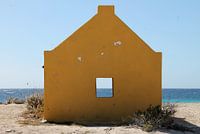 Slave houses on BonaireBrenda Verboekend
Slave houses on BonaireBrenda Verboekend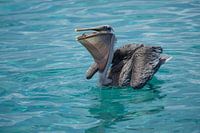 Brown pelican on CuracaoBrenda Verboekend
Brown pelican on CuracaoBrenda Verboekend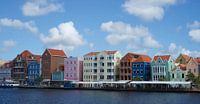 De Handelskade CuracaoBrenda Verboekend
De Handelskade CuracaoBrenda Verboekend Scottish HighlanderBrenda Verboekend
Scottish HighlanderBrenda Verboekend Großglockner, an impressive mountain passBrenda Verboekend
Großglockner, an impressive mountain passBrenda Verboekend GroßglocknerBrenda Verboekend
GroßglocknerBrenda Verboekend AustriaBrenda Verboekend
AustriaBrenda Verboekend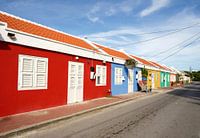 CuracaoBrenda Verboekend
CuracaoBrenda Verboekend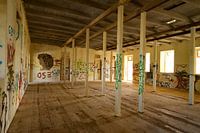 The Quarantine Building on CuracaoBrenda Verboekend
The Quarantine Building on CuracaoBrenda Verboekend Trade quay CuracaoBrenda Verboekend
Trade quay CuracaoBrenda Verboekend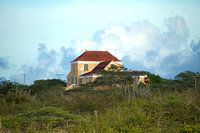 Country house CuracaoBrenda Verboekend
Country house CuracaoBrenda Verboekend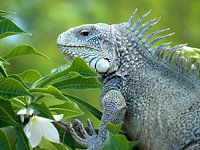 Iguanas on CuracaoBrenda Verboekend
Iguanas on CuracaoBrenda Verboekend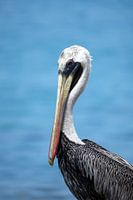 Brown PelicanBrenda Verboekend
Brown PelicanBrenda Verboekend
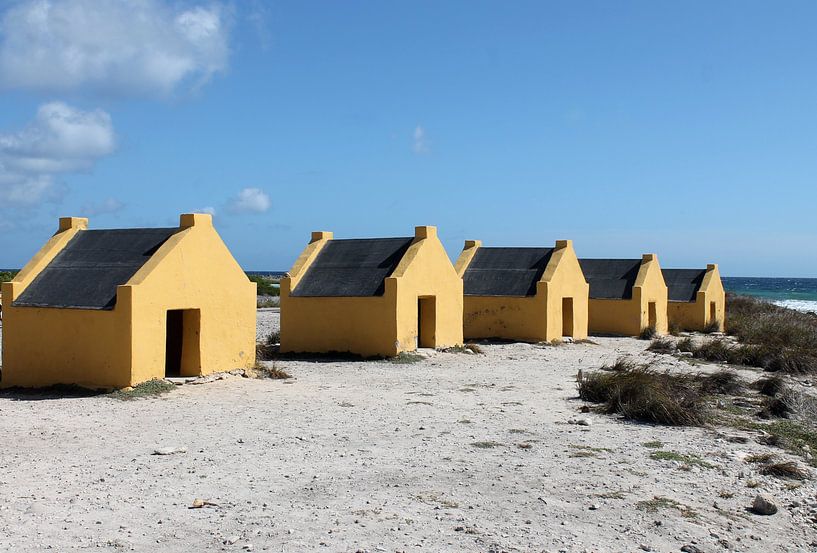












 Bonaire
Bonaire Caribbean
Caribbean National parks
National parks Netherlands Antilles
Netherlands Antilles Photo wallpaper
Photo wallpaper Photography
Photography Serene Peace
Serene Peace









